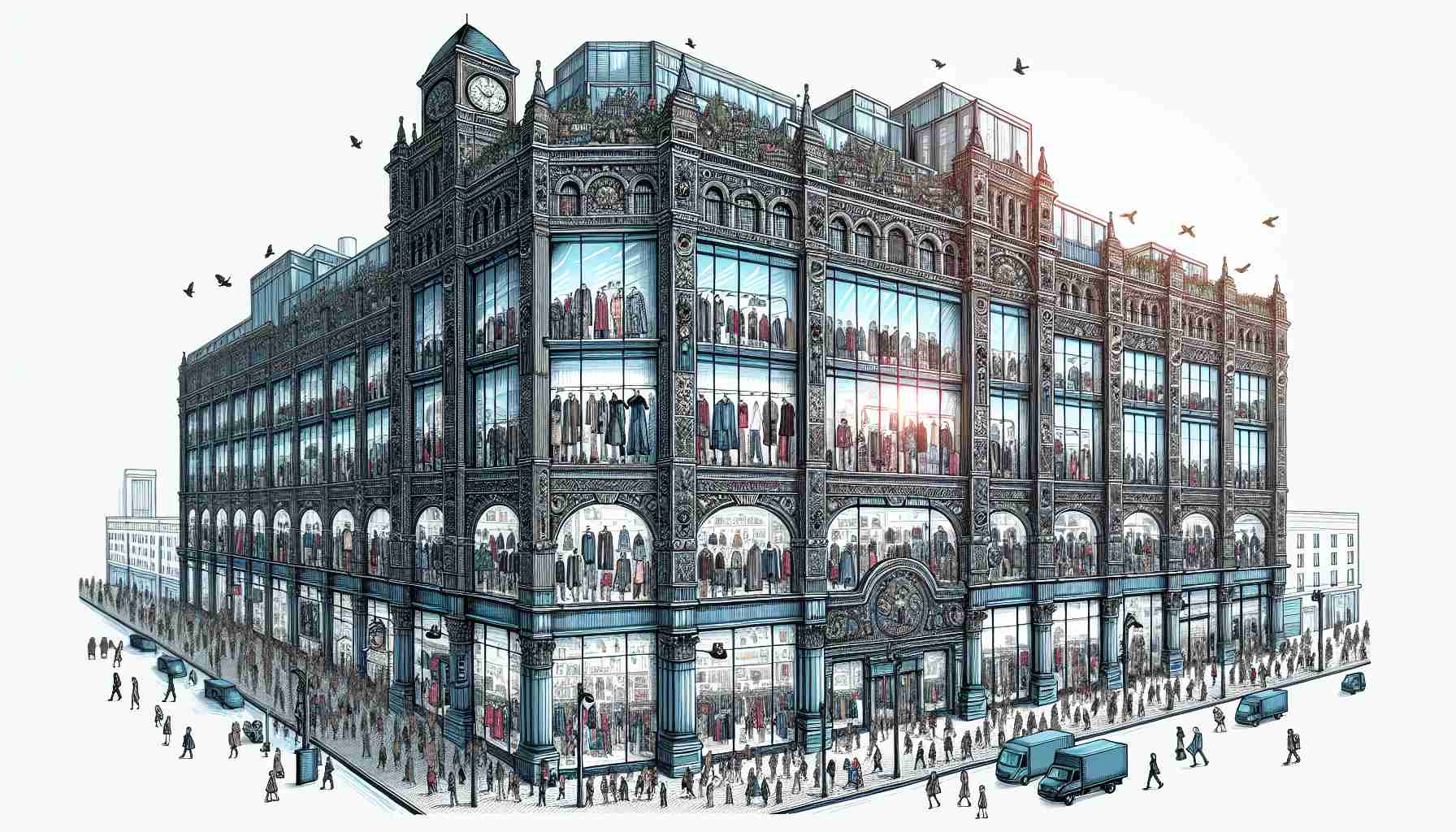Inditex, a global textile giant, continues to break records in the stock market. The company, founded by Amancio Ortega, has achieved a significant milestone by reaching over 48 euros per share, making it the first Spanish company to surpass a valuation of 150 billion euros. This accomplishment has positioned Inditex as the seventh most valuable company in Europe, showcasing its remarkable growth and success.
Under the leadership of Marta Ortega since April 2022, Inditex has garnered investor confidence with a 41% increase in its stock value over the past year. Embracing a strategic shift towards quality over fast fashion, the company has distanced itself from competitors like Shein, focusing on meticulous attention to detail and customer care.
The company’s stellar performance is further evidenced by its record-breaking sales of 8.15 billion euros and profits of 1.3 billion euros in the first quarter of the year. With 5,698 stores worldwide, Inditex’s strong foothold in the market is undeniable, with expectations of continued growth and success in the future.
Market analysts remain optimistic about Inditex’s future trajectory, predicting further growth in its stock value. Jefferies, an investment bank, even hailed the company as a “safe haven with attractive valuation in times of industry uncertainty,” underscoring Inditex’s resilience and potential amid market fluctuations.
Unveiling Additional Facts about Inditex: Leading the Fashion Industry Revolution
Amidst the resounding success of Inditex, the fashion powerhouse strides forward with an array of lesser-known yet crucial details that shape its industry dominance. The company’s innovative approach and strategic maneuvers have propelled it to the forefront of the retail sector, but what are the key questions and challenges that define its trajectory?
Key Questions:
1. How does Inditex maintain its edge in sustainability and ethical practices compared to its competitors?
2. What strategies does the company employ to uphold its commitment to quality while navigating the demands of fast fashion?
3. How does Inditex effectively manage its vast global network of stores to ensure consistent brand experience and customer satisfaction?
Key Challenges and Controversies:
One of the most pressing challenges facing Inditex revolves around transparency in its supply chain, particularly in the era of heightened scrutiny on ethical sourcing and labor practices. Ensuring full visibility and accountability across its intricate network of suppliers remains a critical task for the company.
Moreover, the debate between slow fashion and fast fashion continues to pose a dilemma for Inditex. While the company’s pivot towards quality signifies a shift away from the traditional fast fashion model, balancing this transition with consumer demand for trend-driven, affordable clothing presents an ongoing challenge.
Advantages and Disadvantages:
Advantages:
– Inditex’s commitment to quality and sustainability has bolstered its reputation as an industry leader in ethical fashion practices.
– The company’s agile supply chain and efficient production processes enable it to quickly respond to market trends and consumer preferences.
– Inditex’s expansive global presence and diverse brand portfolio offer resilience and opportunities for growth in various markets.
Disadvantages:
– Intensifying competition from online retailers and emerging fast fashion brands poses a threat to Inditex’s market dominance.
– Balancing environmental concerns with the pressures of mass production challenges the company’s sustainability goals.
– Maintaining brand differentiation and customer loyalty amidst a crowded retail landscape requires continuous innovation and strategic positioning.
For more insights on Inditex’s cutting-edge strategies and industry impact, visit their official website at Inditex. Stay informed about the latest developments shaping the future of fashion retail.
